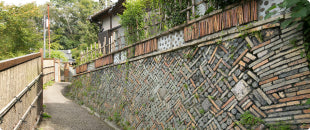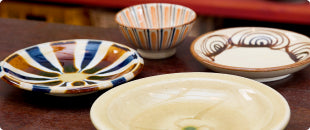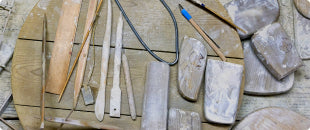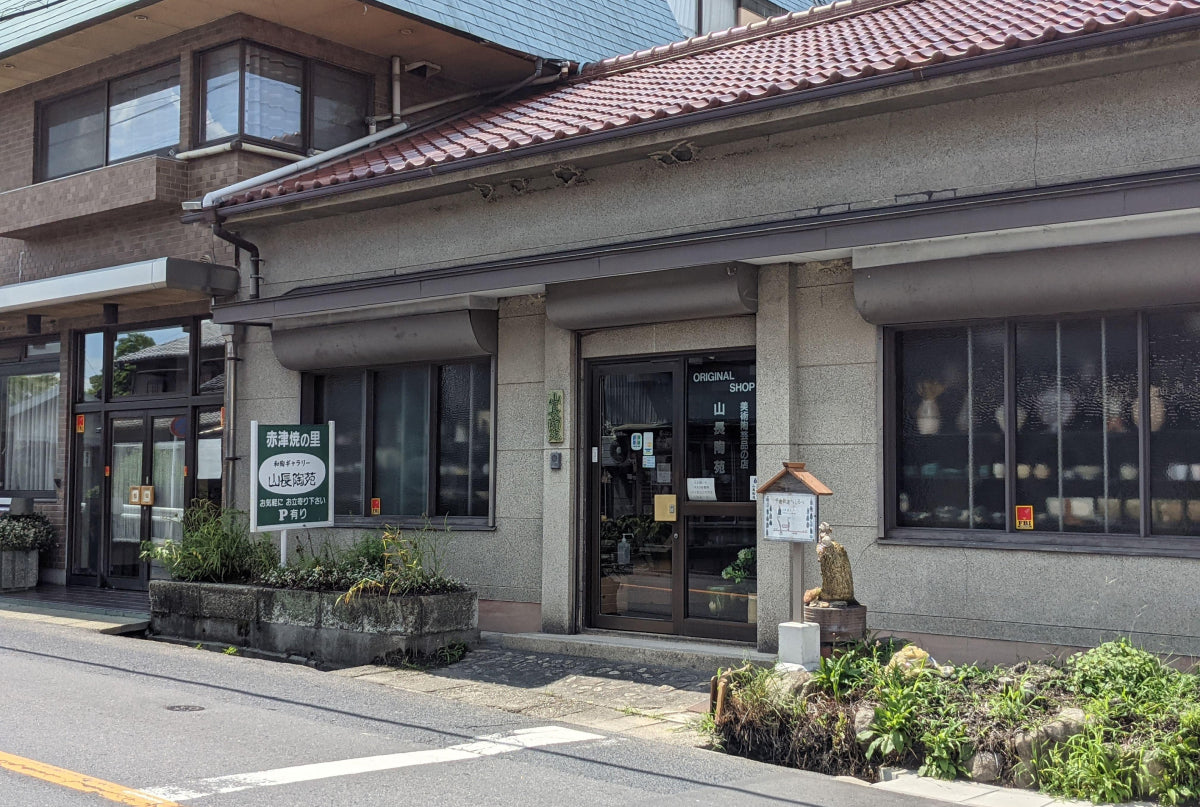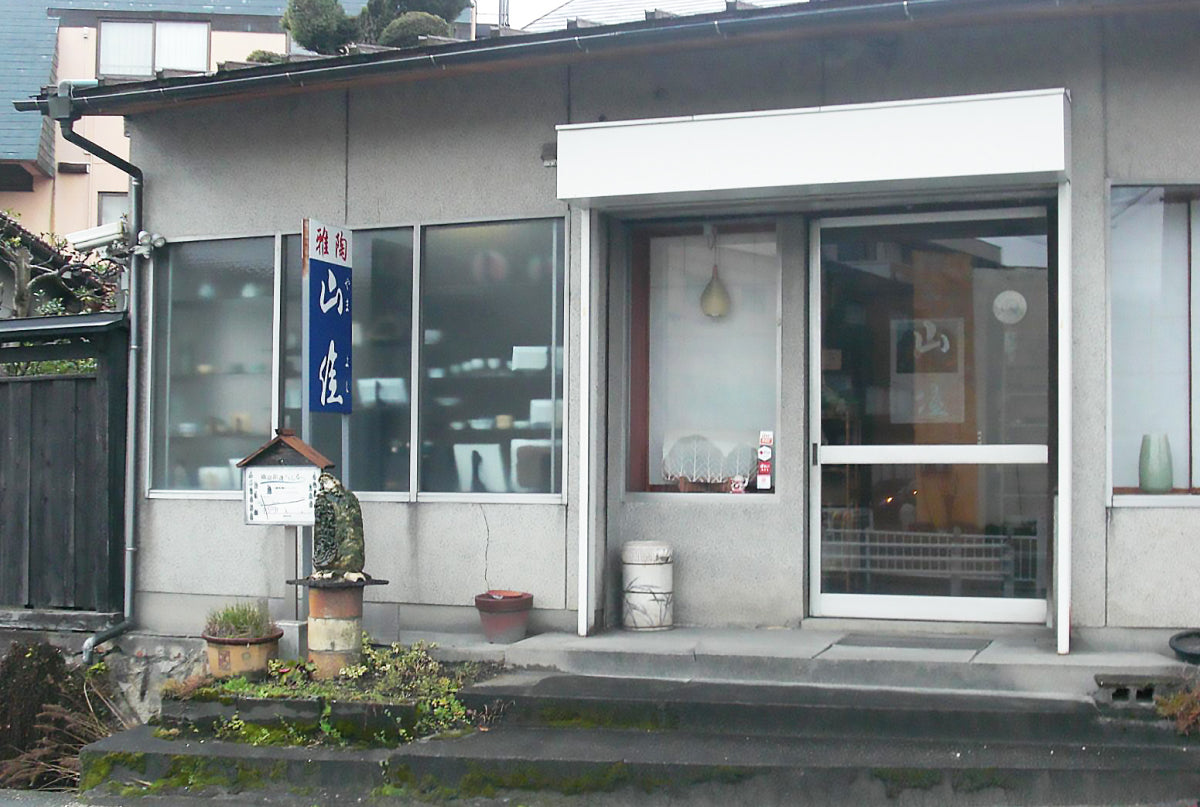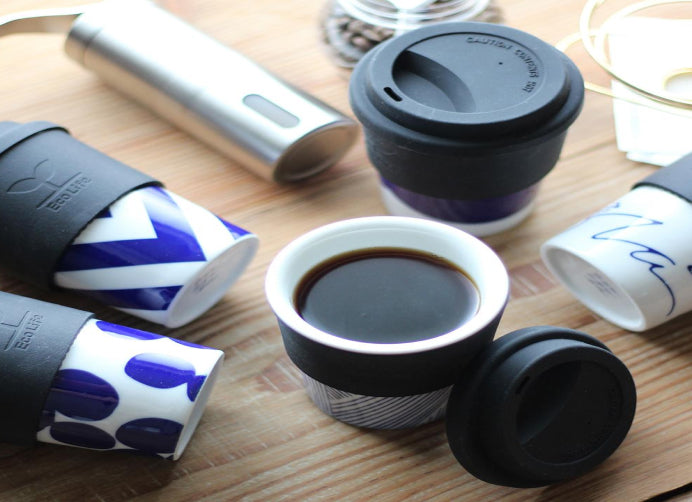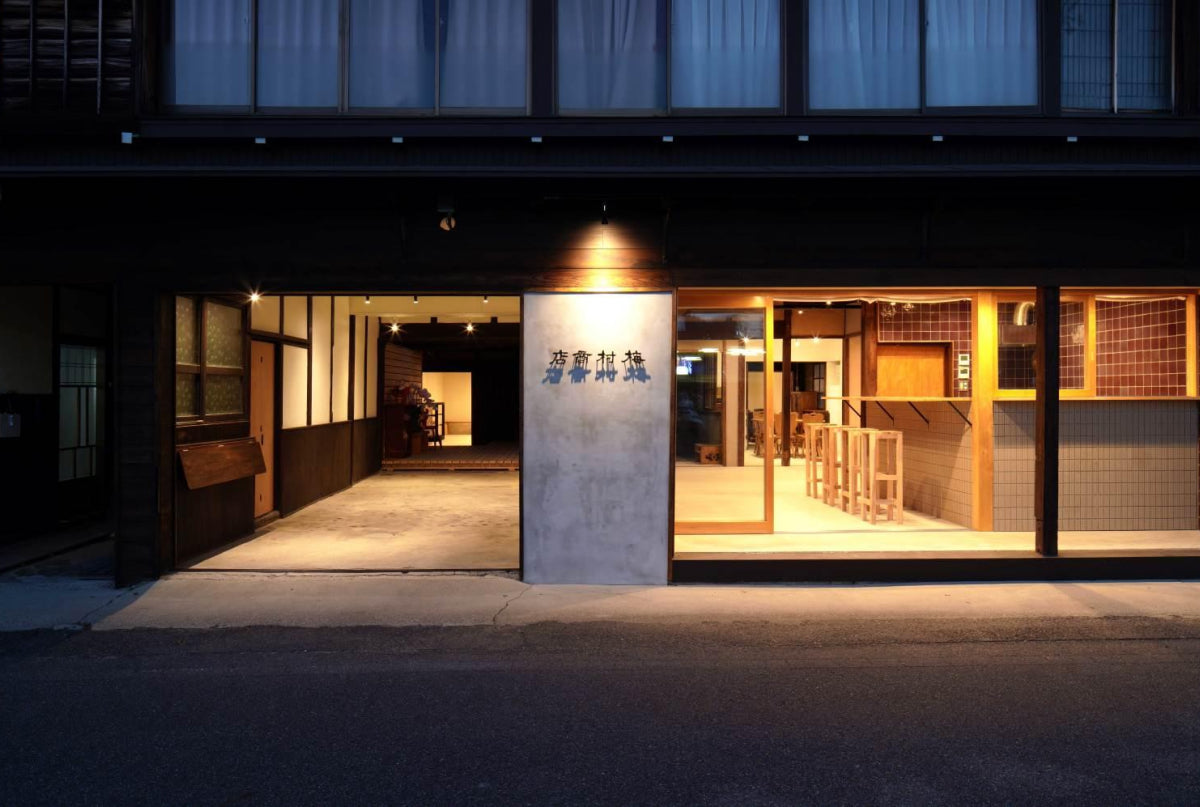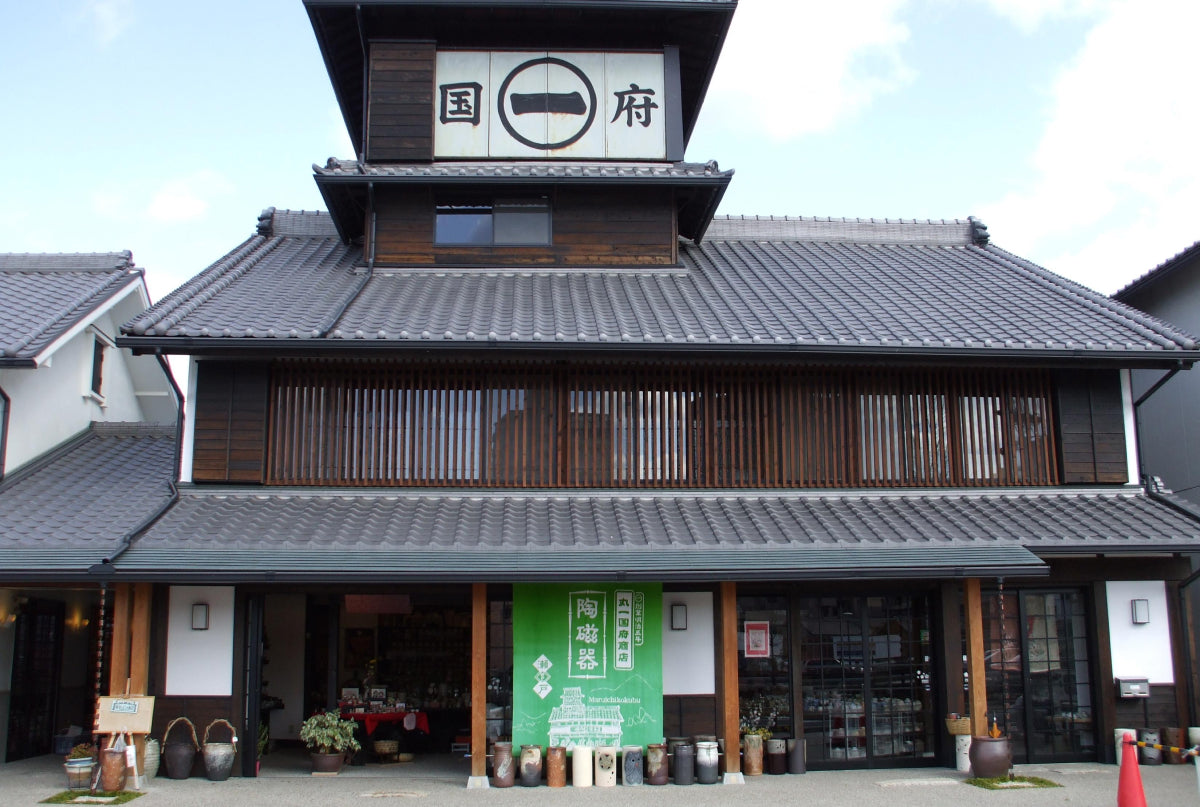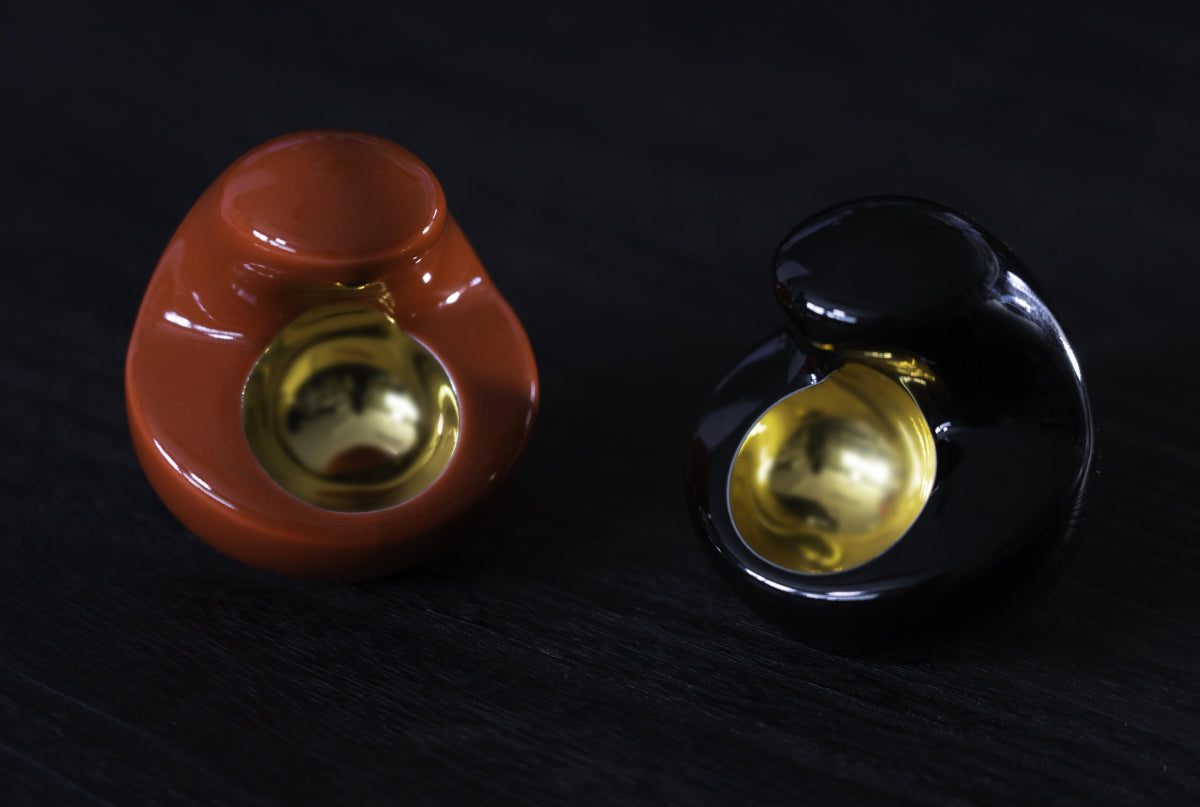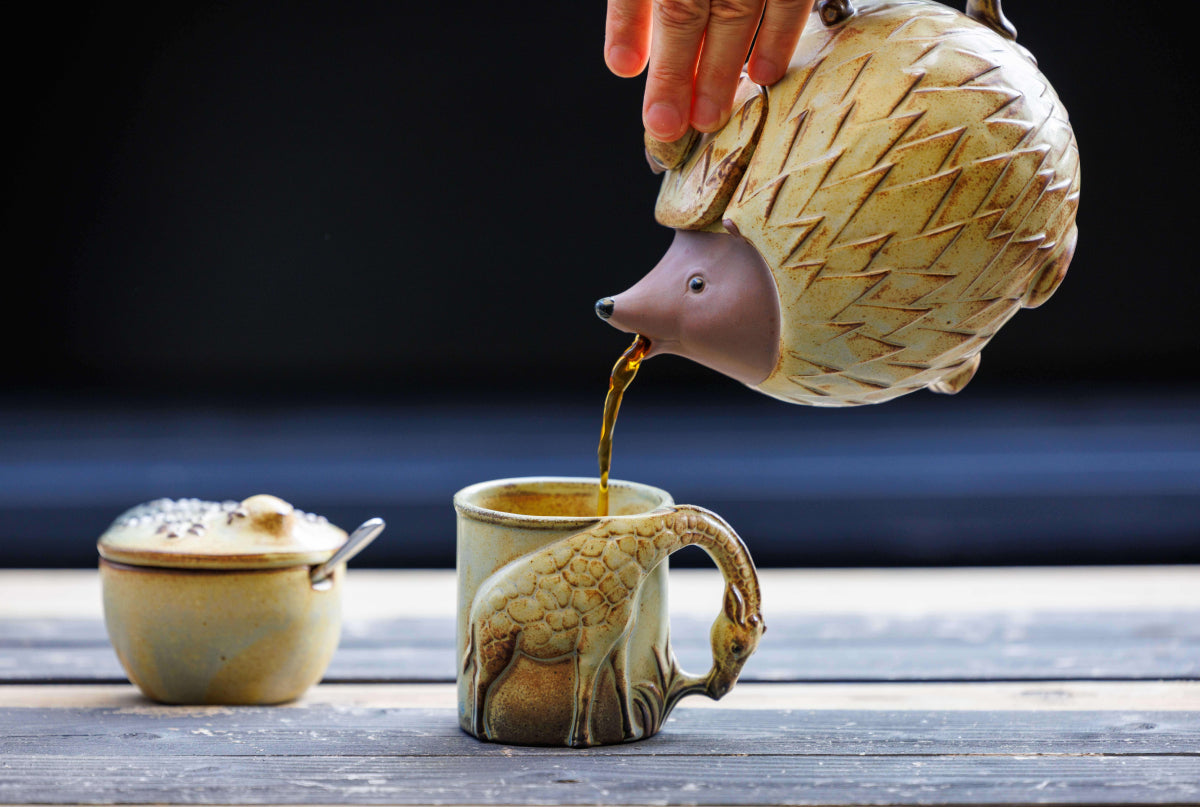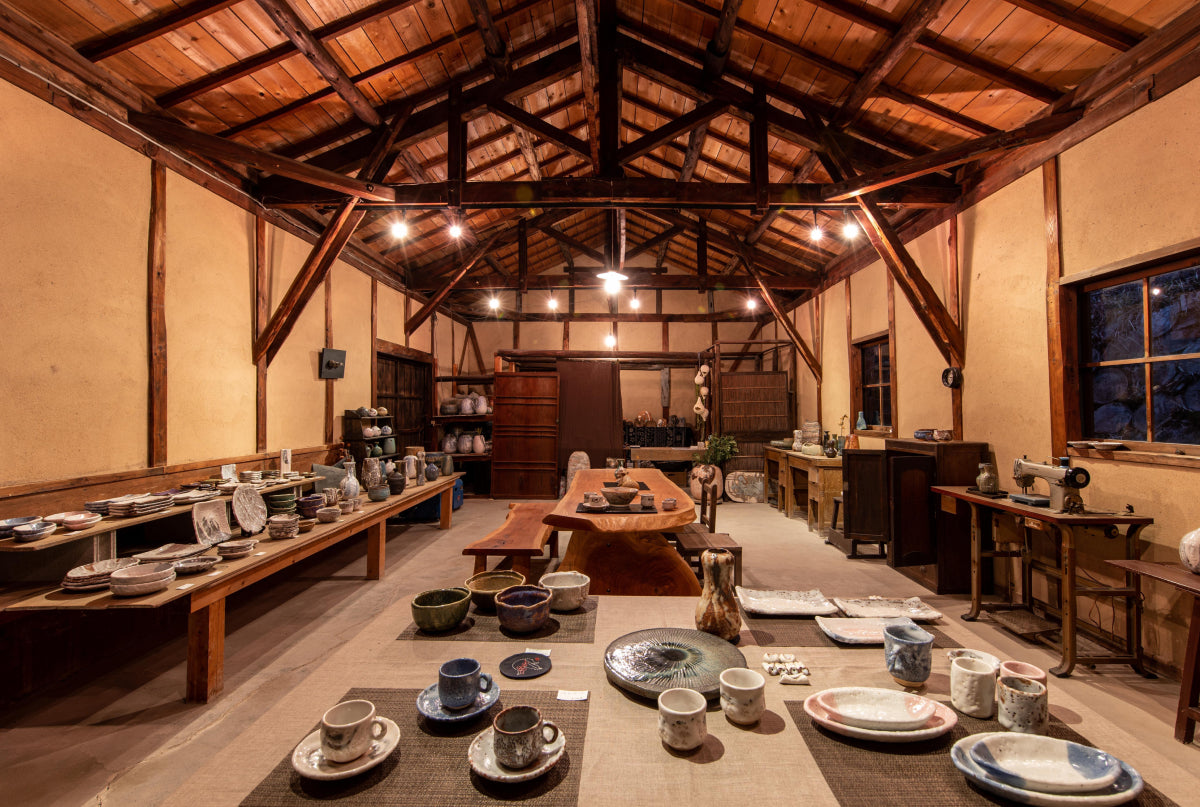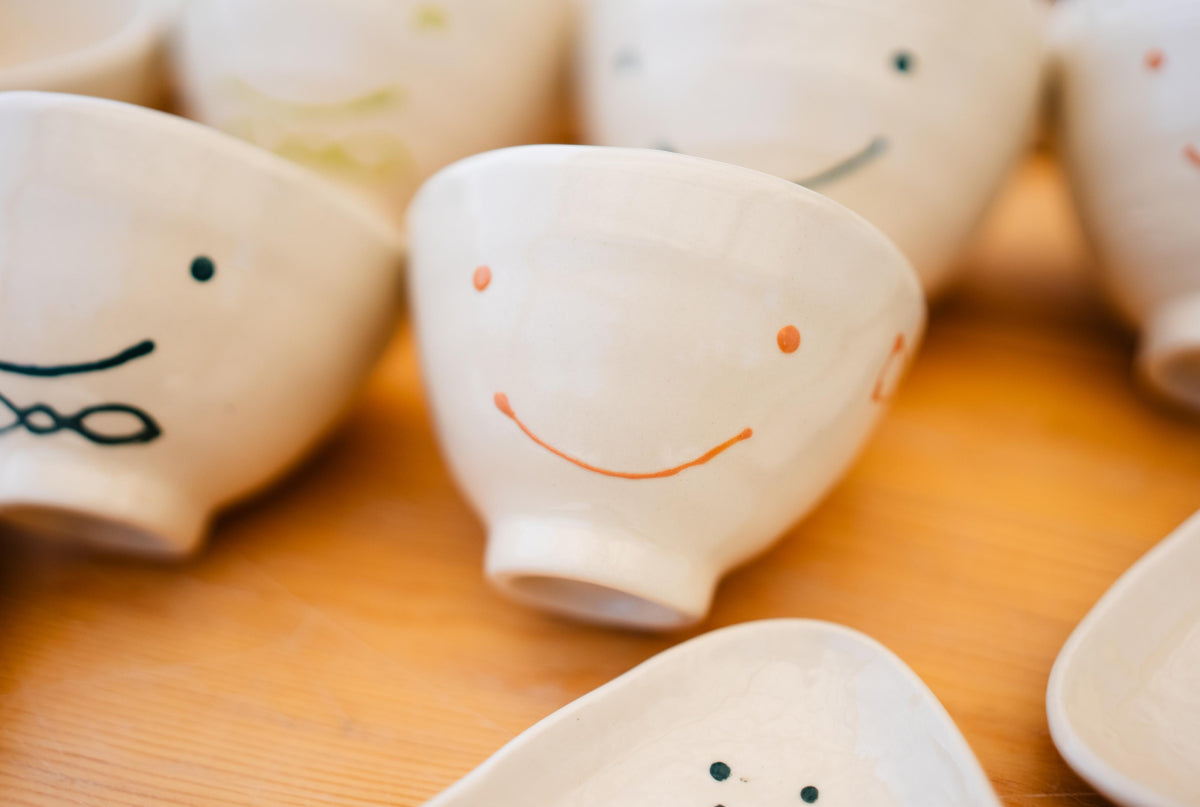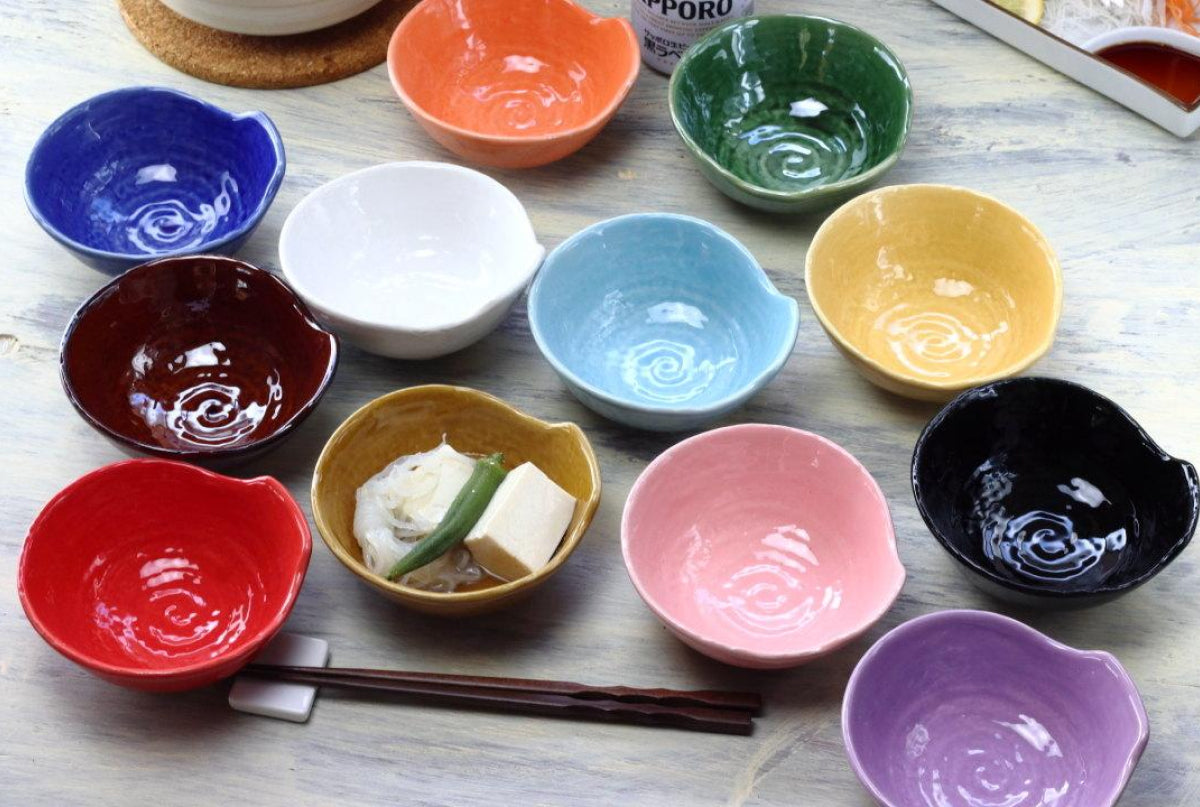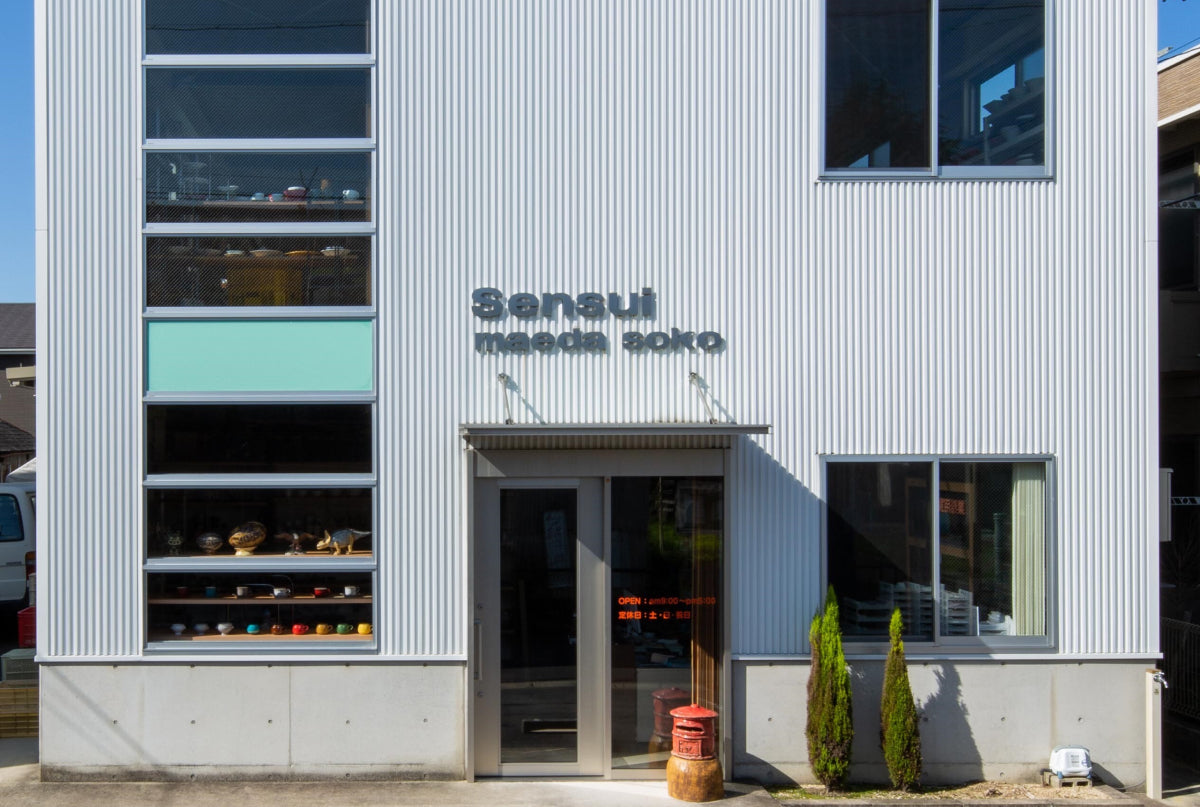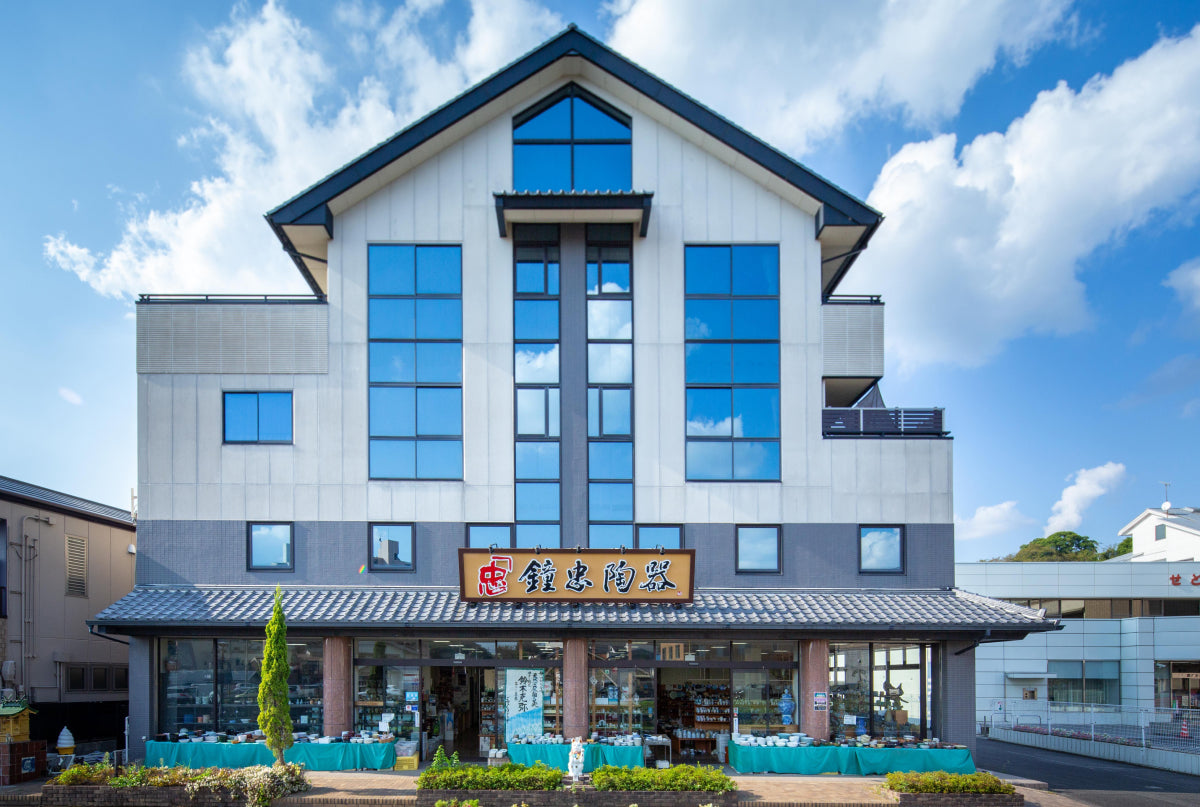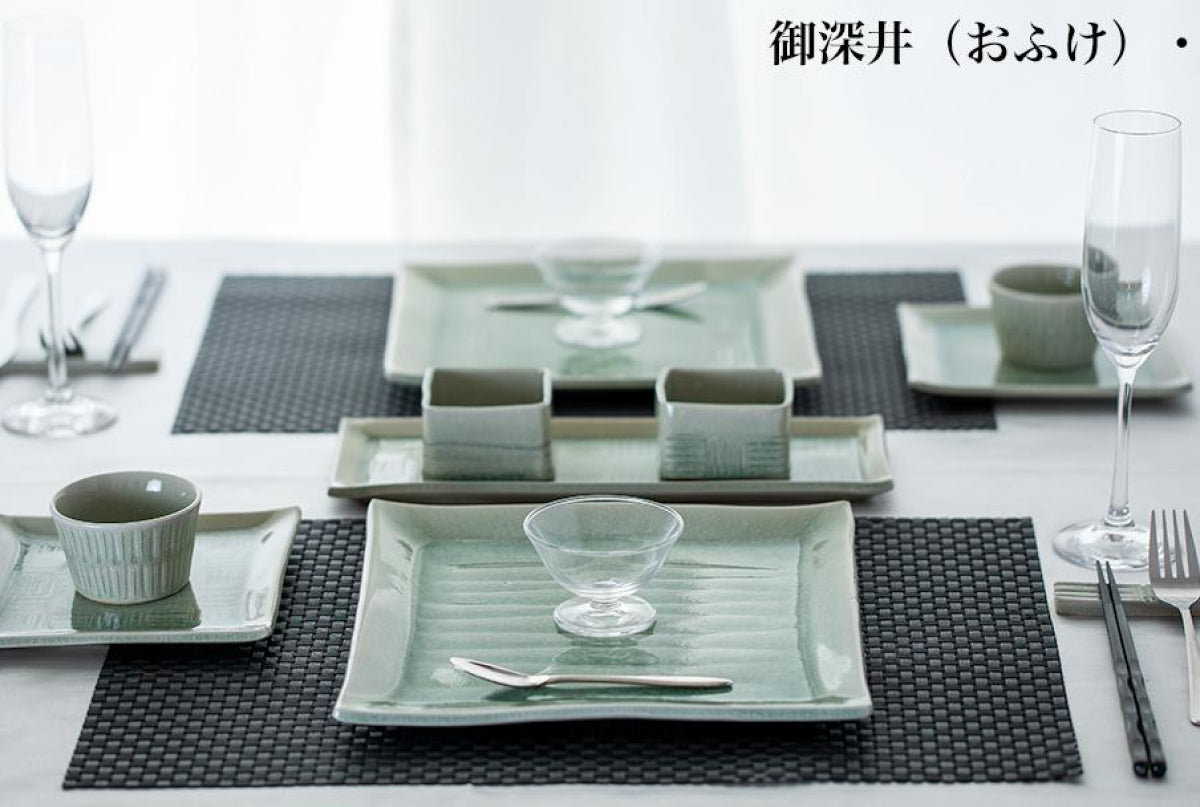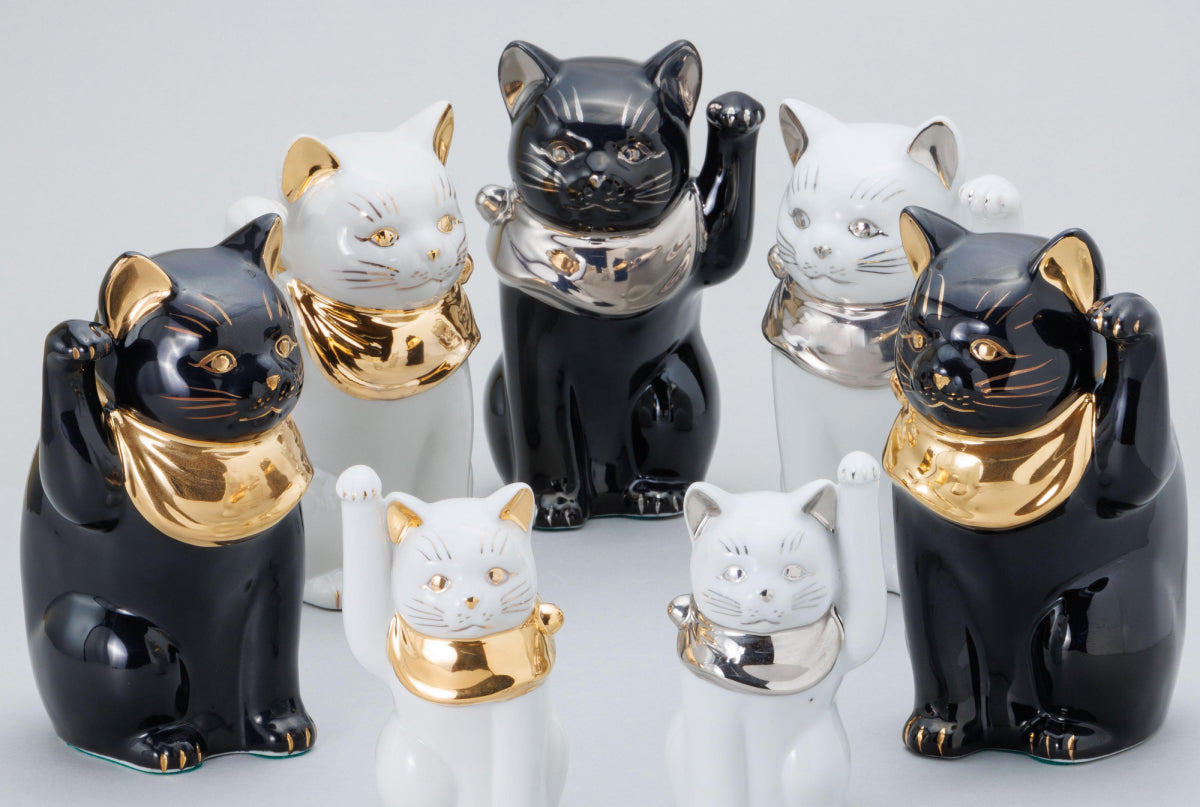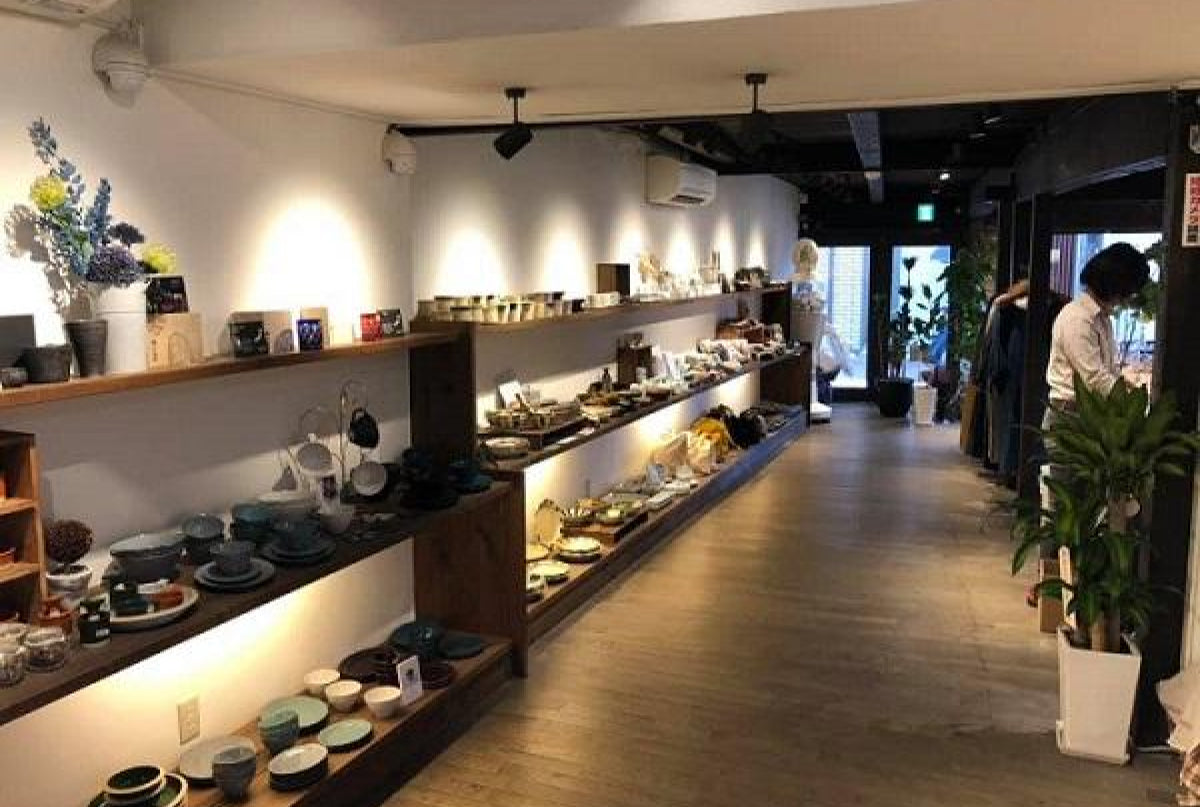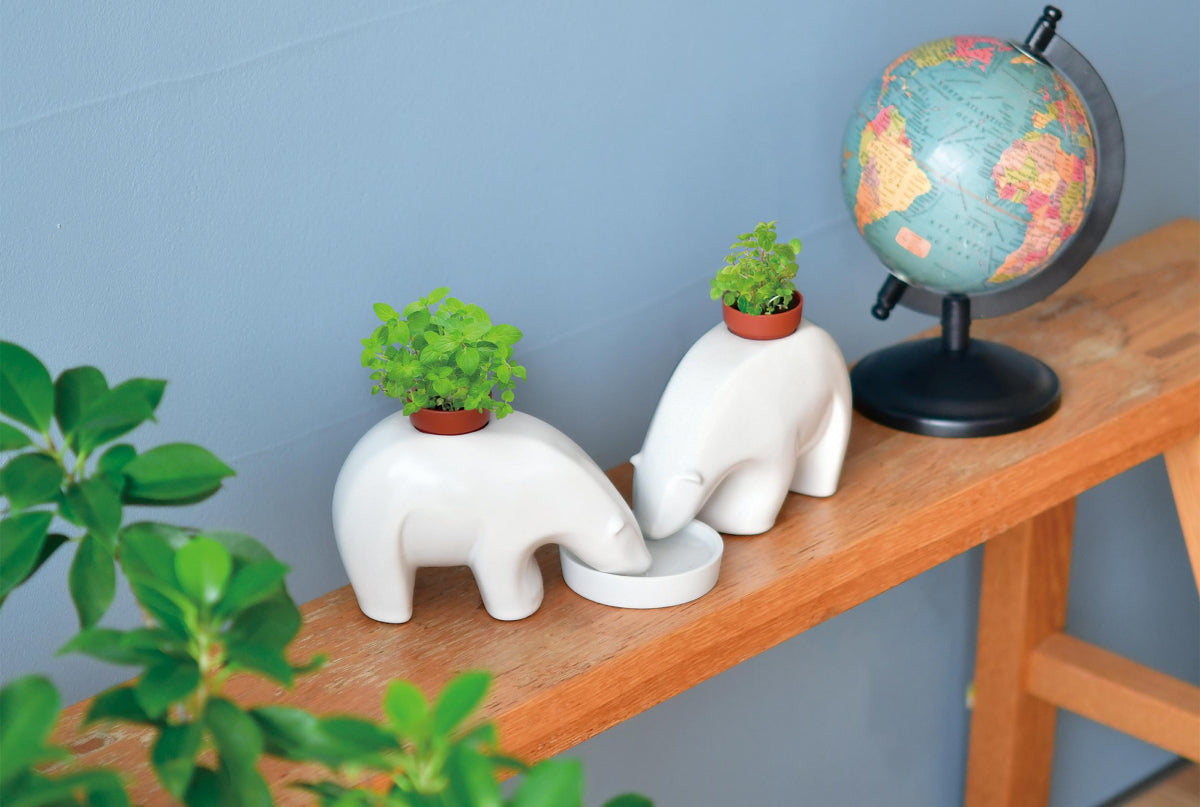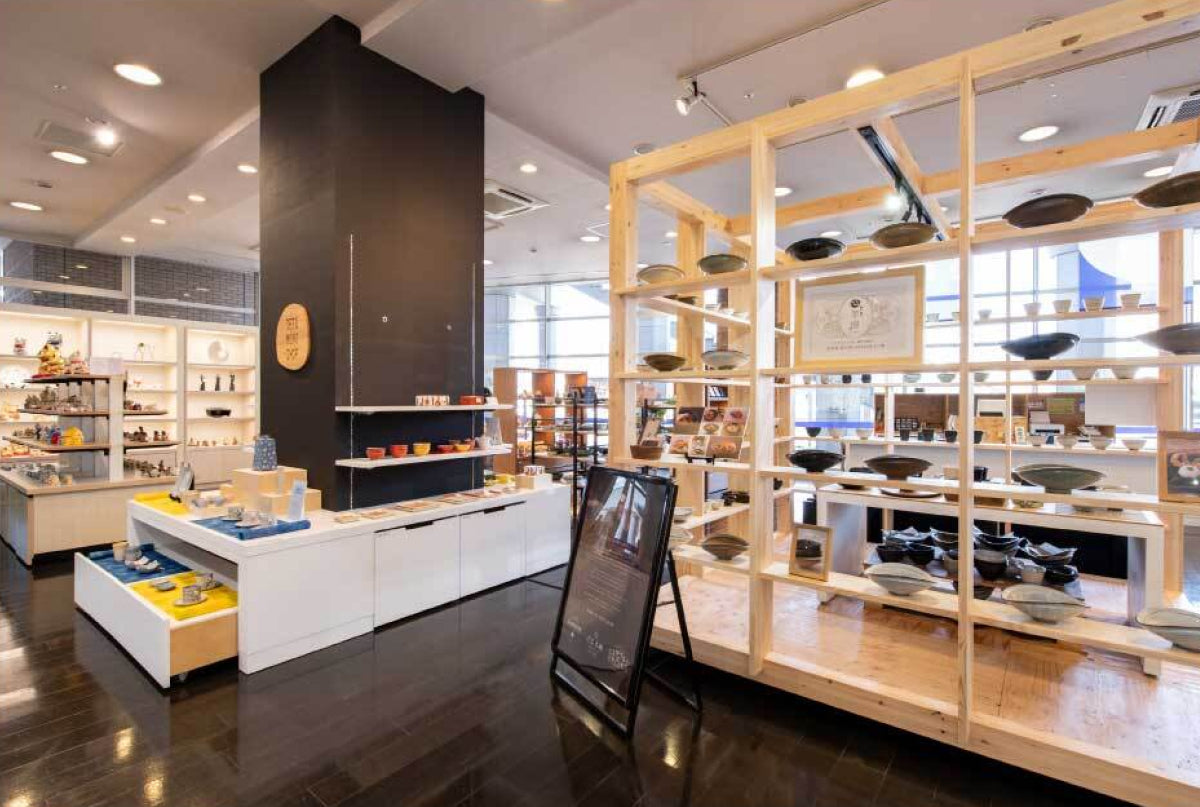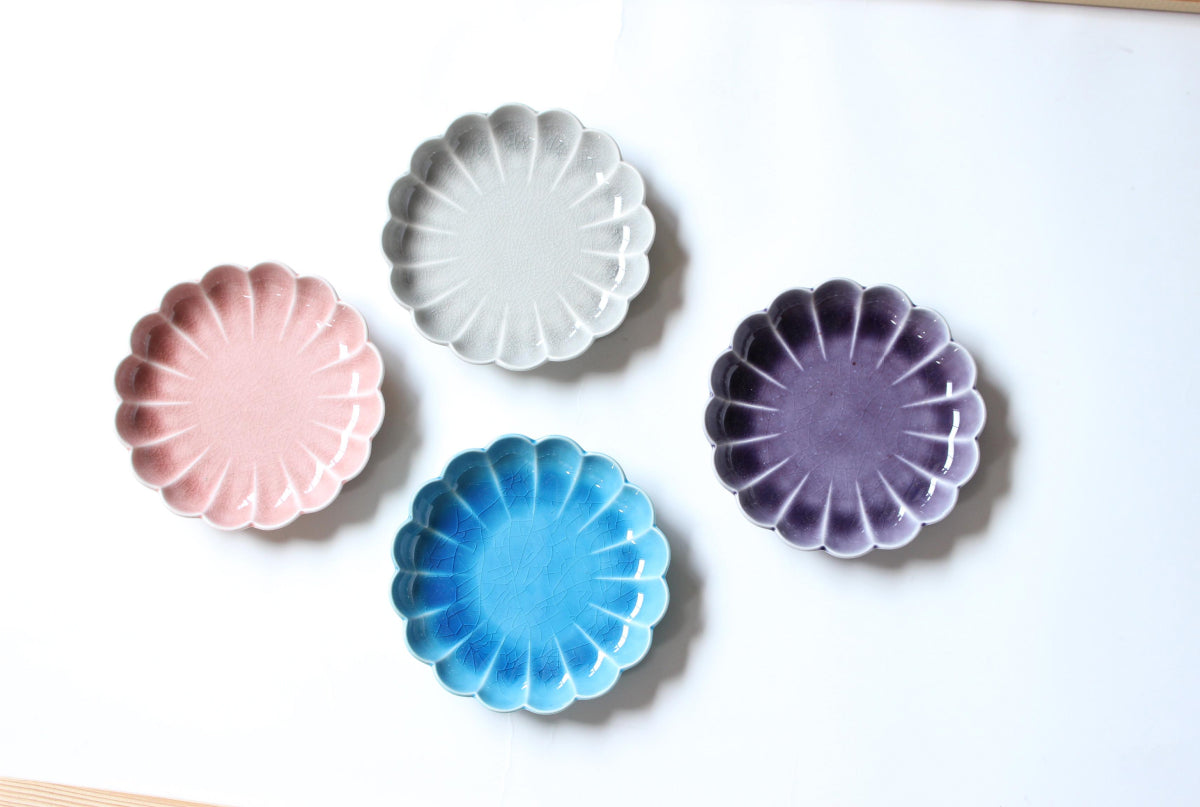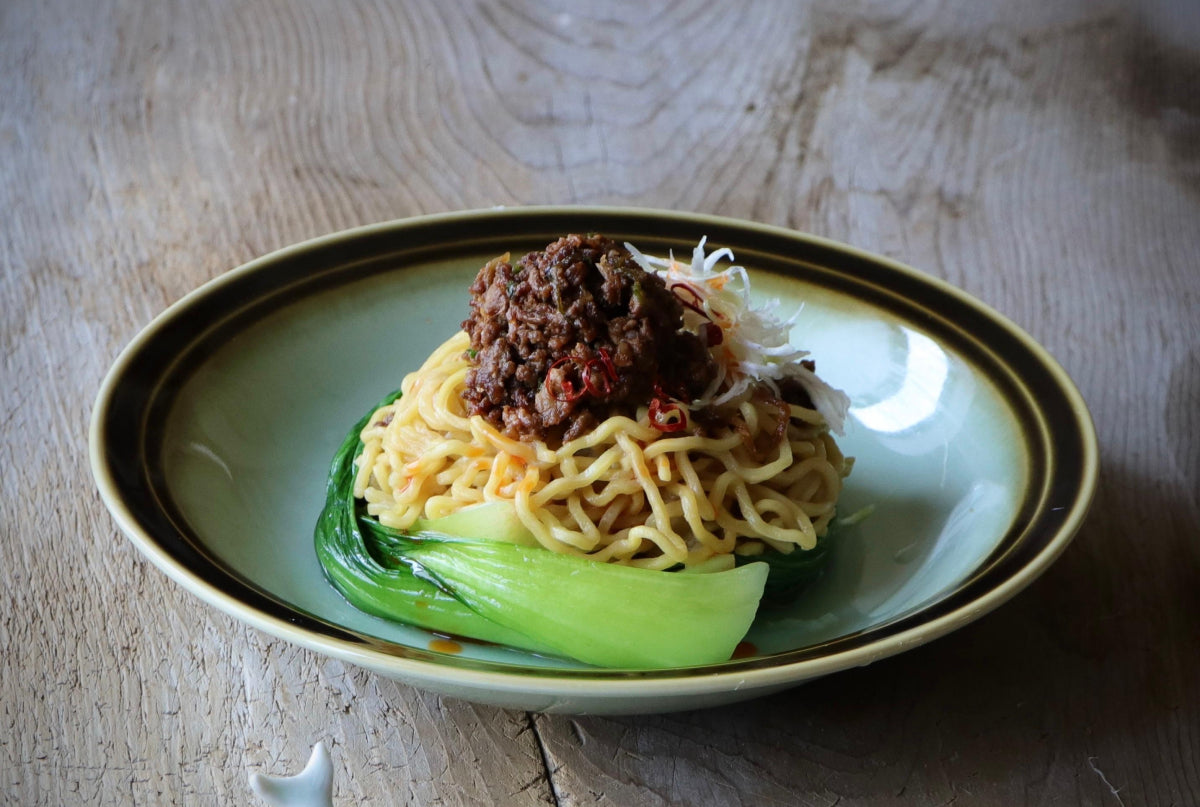Traditional crafts are made mainly by hand using natural materials using the technology that has been handed down for a long time.
Thinking of it, it has been used in various ways in our lives, useful, and has been used for a long time.
There are more than 900 crafts nationwide, but most of them are made in small companies and factories.
In 1974, the government decided to enact the "Law on Promotion of Traditional Crafts Industry" and protect and nurture the specified crafts.
[Traditional crafts] stipulates that the following requirements are required by law.
-
01
Mainly in everyday life
What is used -
02
Manufacturing process
The main part is handmade -
03
Traditional technology or
Manufactured by technique -
04
Traditionally
Raw materials used -
05
In a certain area
Form a production area
As of October 26, 5, there are 241 [traditional crafts] specified by the Minister of Economy, Trade and Industry nationwide.
In Seto, "Akazu ware" and "Seto dyed ware" are designated as traditional crafts.
Akatsu Ware Akazuyaki
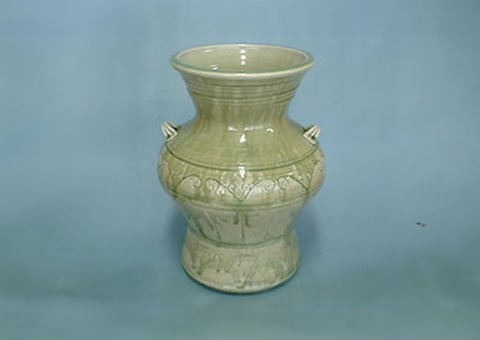
Akazu ware's hometown is the Akazu area at the eastern end of Seto City.
Until it merged with Seto -cho at the time in 1923, it is one of the old kilns that have been passed on to the history of a thousand years as Akazu Village and have been passed down to this day.
FEATURE
The feature of Akazu ware is a variety of glaze. "Ash glaze" (Kaiyu) "Iron Glaze" (Tetsuyu) "Kosato Glaze" (Kiseo Yu) "Kiseo Glaze" (Shino Yuu). Seven kinds of glaze are used, "Oribe Glaze" (Obue Yu), "Oki Glaze" (Ofuke Yu). In order to make the most of these seven glazes, 12 types of decorative techniques such as "comb", "spatula carving", and "seals" are used, and now, not only tea utensils, flower equipment, small bowls, and directions, etc. , Only hot water and coffee are made widely.
Seto Dyed Ware Seto dyed
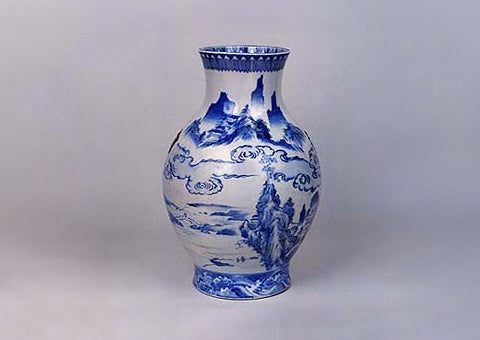
After the method of manufacturing porcelain in Kyushu, Kato returned to Seto after training in Kyushu, and the technology was completed, and porcelain with a soft taste unique to the Seto region was completed. The center of porcelain production in Seto was dyed grilled with splendid brushing like Japanese paintings.
FEATURE
Painting paintings developed under the guidance of painters such as painters such as Nanjo, such as the transparent white base, Karasu and the high -quality Kureu. Sansui, flower birds, and flowers are more realistic and delicate, unlike those in other locations, and are called "Seto Dyeing Yaki".

